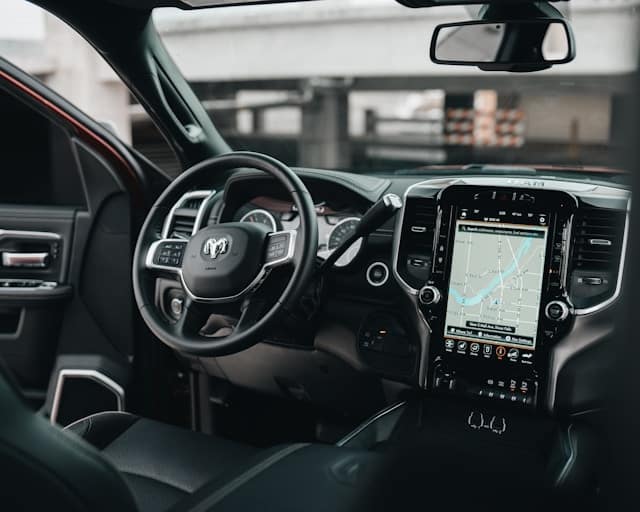The Role of Vehicle Diagnostics in Modern Collision Repairs
 In the realm of automotive repairs, especially after a collision, the importance of vehicle diagnostics cannot be overstated. Modern vehicles are equipped with an array of electronic systems and sensors that require sophisticated diagnostic tools to properly assess and repair. Vehicle diagnostics play a crucial role in identifying both obvious and hidden issues post-collision, ensuring that all damage is accounted for and properly addressed. This article delves into how vehicle diagnostics have become integral to modern collision repairs, improving accuracy and efficiency in the restoration process.
In the realm of automotive repairs, especially after a collision, the importance of vehicle diagnostics cannot be overstated. Modern vehicles are equipped with an array of electronic systems and sensors that require sophisticated diagnostic tools to properly assess and repair. Vehicle diagnostics play a crucial role in identifying both obvious and hidden issues post-collision, ensuring that all damage is accounted for and properly addressed. This article delves into how vehicle diagnostics have become integral to modern collision repairs, improving accuracy and efficiency in the restoration process.
Enhancing Damage Assessment
Comprehensive Vehicle Evaluation
Vehicle diagnostics tools are used to perform a comprehensive check of a vehicle’s systems and components. After a collision, these tools can quickly identify areas that have sustained damage, providing detailed reports that go beyond what is visible to the naked eye. This includes checking the engine, transmission, electronics, and safety systems to ensure they are all functioning as expected.
Early Detection of Hidden Issues
Modern diagnostic tools can detect hidden issues that may not immediately present symptoms. For example, a slight misalignment in the vehicle’s frame or a problem with the airbag system might not be evident without a diagnostic test. Early detection allows for repairs to be made before these issues lead to more significant problems or failures.
Streamlining the Repair Process
Accurate and Efficient Repairs
With precise diagnostics, technicians can target repairs more accurately and efficiently. This reduces the time the vehicle spends in the shop and often lowers repair costs by avoiding unnecessary work. Diagnostic tools provide error codes and data that guide technicians to the exact source of a problem, which is particularly useful in complex modern vehicles where physical inspection alone would not suffice.
Integration with Manufacturer’s Specifications
Many diagnostic tools are designed to integrate seamlessly with a vehicle’s onboard computer system, providing access to the manufacturer’s latest specifications and updates. This ensures that repairs are done according to the exact parameters set by the manufacturer, maintaining the vehicle’s original performance standards.
Improving Safety and Reliability
Ensuring System Integrity
Post-collision repairs are not only about fixing visible damage but also about ensuring that all of the vehicle’s systems are reliable and safe for road use. Diagnostic tools help verify that repairs have restored the vehicle to its proper operational state and that there are no residual issues that could compromise safety.
Validation of Repair Quality
After repairs are completed, vehicle diagnostics are often run again to validate the quality of the work. This second round of diagnostics ensures that all systems are functioning correctly and that the repair has effectively addressed all the damage without introducing any new issues.
Conclusion
Vehicle diagnostics are a cornerstone of modern collision repair, providing a depth of insight that was not possible in the past. They allow for more precise, efficient, and effective repairs, ensuring that vehicles are restored not just to their previous condition but to their optimal operational state. For vehicle owners, this means greater peace of mind knowing that their car has been thoroughly assessed and expertly repaired, maintaining its safety, reliability, and value. As automotive technology continues to advance, the role of diagnostics in collision repairs will only grow, further enhancing the capabilities of repair shops to meet the needs of modern vehicles.

